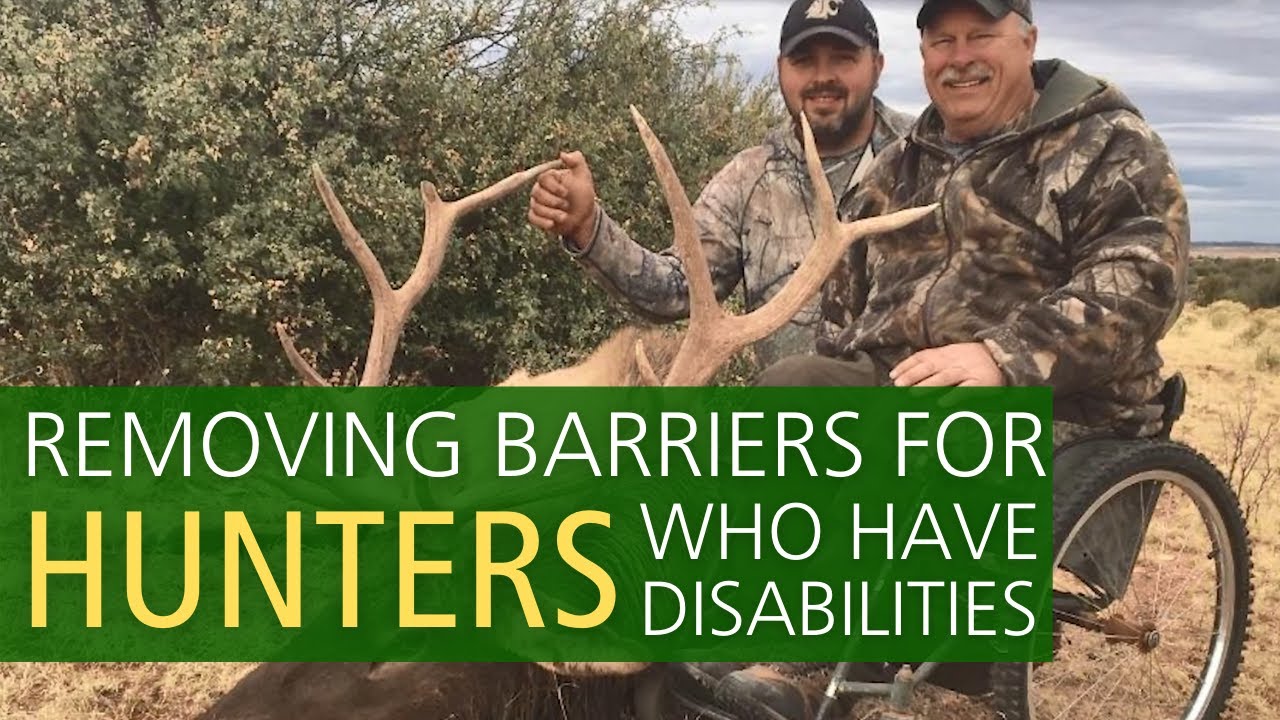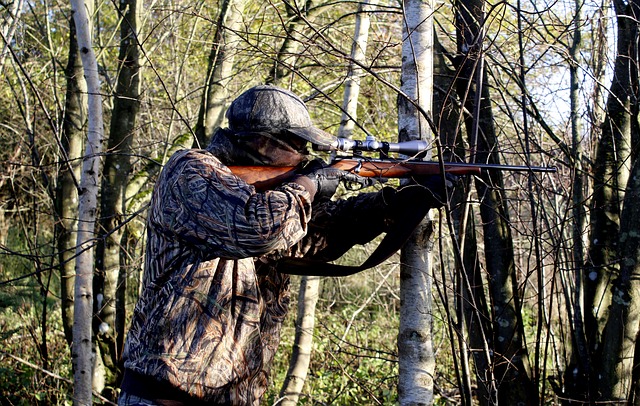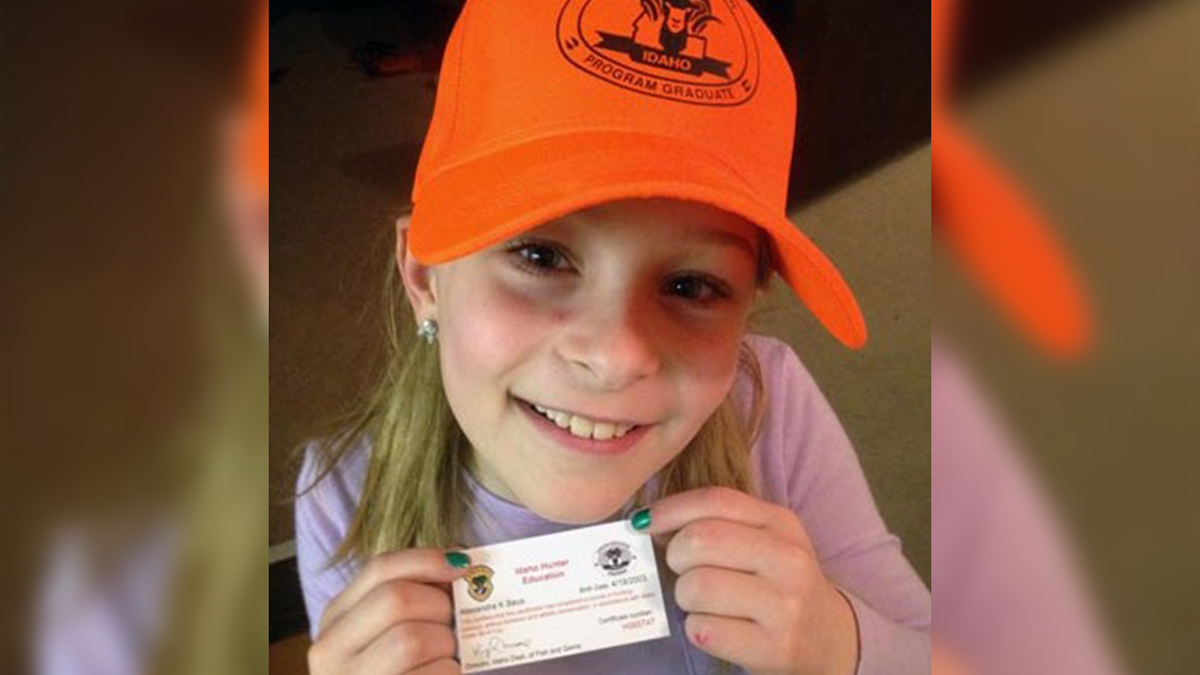
This article will help you if you've never been on a bear hunt. You'll learn more about black bears, their feeding habits, how to get a bear tag, and more. This article will help guide you in choosing a bear hunt that is both fun and productive. Here are some tips to help you find the best bear hunting guides. And, most importantly, you'll learn how to get your bear tag.
Guided bear hunts
American black bears rank among the most loved sports in North America. They are small and endemic and one of the most common bear species. Their diets are not omnivores. They eat a variety of foods depending on the year and their location. Read more about these majestic creatures to learn about their myths and facts. You'll also learn about the safety requirements and the proper gear to use on your guided bear hunt.
It takes patience and knowledge to hunt bears. It is possible to see a bear from the edge of your eyes, but it takes patience and knowledge to locate them. Hunting with a treestand is a good option, but make sure you have a safety harness on when climbing into trees. Your guide will map out the area for you so that you can find the best hunting spots.

How to feed black bears
Black bears eat a variety foods including berries and acorns. They also consume young deer. Feeding habits during bear hunts depend on the season. Bears usually emerge from their dens by July and spend the majority of their time in close proximity to streams and rivers. To regain their nutrition, bears typically wait until early summer to eat. Bears consume a variety berries, roots and grasses throughout this period.
Black bears spend most their time searching for food. During the day, they move moderately, but not nearly as much as at night. You should return to the area within the last two hours of daylight if you see a bear scavenging for food. This is a good time to try to capture bears if you happen to be hunting.
Cost of a bear hunt
Although bear hunting can be very expensive, if you are prepared to make some sacrifices you will find the perfect opportunity. The Alaska Peninsula is separated by the Bering and Pacific Oceans. It is home to brown bears as well as earthquakes, volcanoes and some the worst weather in the country. If you're going to hunt bear, unit 9 of the Alaska Wildlife Management Act offers several opportunities in the state. Brown bear hunting can be done in unit 9, with a professional outfitter, for approximately $22,000 It is important to book your hunt well in advance as good hunts fill up quickly.
To reserve your trip, a deposit must be made of one-third the cost of a bear hunting trip. The rest of the balance must be paid within 90 days. The initial deposit can be paid with a personal check, but the final payment must come in Cashier's Check. For the initial deposit, a personal check is acceptable. The final payment must be made upon arrival at camp. You should know that deposits are not refundable. The additional 1/3 is not transferable.

Getting a bear tag
It is a great way increase your chances of finding a trophy. First, fill out the application form to apply for a bear preference/kill tag. After you have received your kill tag or preference, attach it to the bear. Continue reading to learn how to obtain a bear tags. A bear tag isn't as difficult as it seems!
If you plan on pursuing a bear hunt in a no-quota area, you will be able to purchase an unlimited number of licenses at the DNR office. The no-quota license can only be used in that specific area. You cannot transfer your quota licenses to anyone else. This rule is not absolute. You can transfer your non-quota license, however, to a disabled individual, youth, active duty military or Purple Heart recipient. You can find complete instructions on the DNR website.
FAQ
What types are allowed to be used in firearms?
Hunting can be done with a variety of different weapons.
Hunters use shotguns, rifles, handguns, as well as muzzle-loading firearms.
Rifles are made to fire bullets over long distances. Shotguns can be loaded with pellets. Handguns can fire bullets through the hands. Muzzle-loading firearms are similar to modern-day pistols.
Crossbows are used to shoot arrows. Bowhunters are archery weapons.
Crossbow hunting requires special training. First, learn how you can aim and shoot the weapon.
Is it legal to hunt bears in Alaska?
Yes, you can hunt bears in Alaska. To capture bears, some hunters use traps or snares. Some hunters use traps and snares to capture bears. Others use dogs to locate bears.
Bear hunting is regulated by the Alaska Board of Game. Before going out in the woods, hunters need to have a bear tags.
Denali National Park Preserve, for example, is home to bear hunting. You can even take part in guided hunts that charge a lot of money to kill bears.
Where can you buy a gun What do I need?
To hunt certain species, a gun is required by law.
A firearm is required by most states for hunters. The exact type depends on the game you plan to hunt and the state you reside in.
Any sporting goods store can sell you a rifle and shotgun, handgun, pistol, muzzleloader, crossbow or archery weapon.
Choose a weapon that best suits your needs. For example, if you want to hunt small games such as squirrels, rabbits, and pheasant, you might consider purchasing a .22 caliber pistol.
You might consider purchasing a larger caliber weapon if you are planning to hunt large game such as deer, elk and bears.
If you don't feel confident handling a weapon, do not buy it. Guns are dangerous tools. It is a dangerous tool.
A qualified gunsmith should inspect any gun you are considering buying. Ask the seller for instructions on how to load and unload your gun.
Make sure to check the warranty. Ask the dealer if they have a warranty.
Ask the dealer for a copy if their safety instructions. These documents should contain information on safe storage and maintenance.
Examine the serial number. If the serial number starts with "NIB", it means "New In Box," this indicates that the gun is brand-new.
If the serial number starts with an odd number, then the gun has been previously owned.
If you aren't sure whether the gun was ever used, please contact the manufacturer. They should be able to tell you more about its history.
Can I take my dog along?
Most states ban dogs from being hunted alongside humans. Some states allow this practice, however. To find out if it is permitted in your state, check with the department of natural resources.
Some hunters also bring their pets. Some people believe that having their pet with them helps them relax while hunting. Others believe that a companion helps them avoid getting lost.
However, having a pet can pose problems. The hunter may be frightened of dogs. Wild animals could also attack the pet.
The U.S. Department of Agriculture (USDA), estimates that about 1 percent of hunters kill deer each year.
The USDA estimates that about 6.5 million Americans hunt deer. Only about 2.2 Million actually shoot one.
This means that only 0.6 percent kill deer each year.
Which state has the largest number of deer-hunters?
Wyoming is home to the largest number of deer hunters in the country. It also sells most hunting licenses annually.
South Dakota has the second most deer hunters. It ranks third for the number of hunting licenses sold each year.
New Hampshire is the state that has the lowest number deer hunters. It is the least populous state in terms of hunting licenses per capita.
Statistics
- According to the Wildlife Restoration Act, passed in 1937, most of the state conservation efforts are funded through hunting and fishing license sales and firearms sales. (stacker.com)
- Thanks to the 1937 Pittman-Robertson Act, an 11% excise tax was placed on the sale of firearms, which were then used for conservation. (stacker.com)
- Over the past 50 years, the number of hunting licenses in California has been on a rapid decline, falling 70% from more than 760,000 in the 1970s to under 268,000 in 2020—even as the state's population has skyrocketed, according to The Mercury News. (stacker.com)
- Less than 1% of Hawaii's population has a hunting license. (stacker.com)
External Links
How To
How to find the best hunting spots within the forest
Knowing what kind of game you wish to hunt is the first step in hunting. There are many different species of animals and birds living in forests. They all have their own habitat requirements so you will struggle to find the best place to hunt them.
The forest is home to two types of animals: small mammals and large mammals. The large mammals are deer, elks and moose as well as caribou, bears, wolves, wild boar, and caribou. Small animals include rabbits, squirrels, hares, grouse, pheasant, partridge, quail, woodcock, pigeon, and dove. Each species has its own habitat so it is important to choose the right spot before you venture out into the woods. You can find information about endangered species within your locality by visiting the flora or fauna list. If you're planning to hunt a certain species, make sure that the area you plan to go to is safe from poaching.
If you decide to hunt a particular species, then you'll need to know how to properly set up your equipment. Because it can affect your success rate, it is important to have the right equipment. A gun that shoots accurately at close range will work well for hunting a rabbit. However, a rifle with long range capabilities is required for hunting larger animals, such as deer. A bait is also necessary to attract the prey. Some people recommend placing meat into a trap to lure animals, while others prefer peanut or corn butter. No matter which method you choose to use, be sure you adhere to all the laws of the country in which you hunt.
There are many factors to consider when hunting. These include the terrain, vegetation, wildlife populations, and accessibility. Safety is the main consideration when hunting. Make sure that you select a place that is free from predators and dangerous animals. You should avoid areas with high populations, especially during hunting season. It is important to note the seasons when hunting, as this will help you decide the best time to hunt.
Weather is an important factor when hunting. It is important because it can affect the number or animals that will be there. When temperatures drop below zero Celsius, snow covers the ground. Snow can make it difficult to locate deer, bears or wolves. If you have a clear day, however, you may be able to spot these animals. In summer, temperatures can reach 30 degrees Celsius and the sun heats the earth. It is easier for animals to find shelter from the heat, as they move away from it.
Be aware of the terrain. You can easily walk and run across the area on a flat surface. But uneven surfaces require more effort. Steep slopes make it more difficult to climb. Additionally, streams and rivers often leave muddy tracks. Try to find a place that doesn't have any obstacles, so you can easily travel through the area.
Look at the vegetation, as well. Depending on the environment, plants vary in size and density. Large trees provide shade for small animals while shrubs, bushes and bushes offer cover and shade. Dense vegetation is the best option if you are looking for large animals.
Finally, you should also pay attention to the amount of wildlife. There are more than 100,000,000 deer in North America, according to statistics. They eat nearly half of all food produced by crops and are essential to maintaining biodiversity. But if they grow too large, they can become pests and cause damage to the ecosystem. It is important to maintain a balanced population.